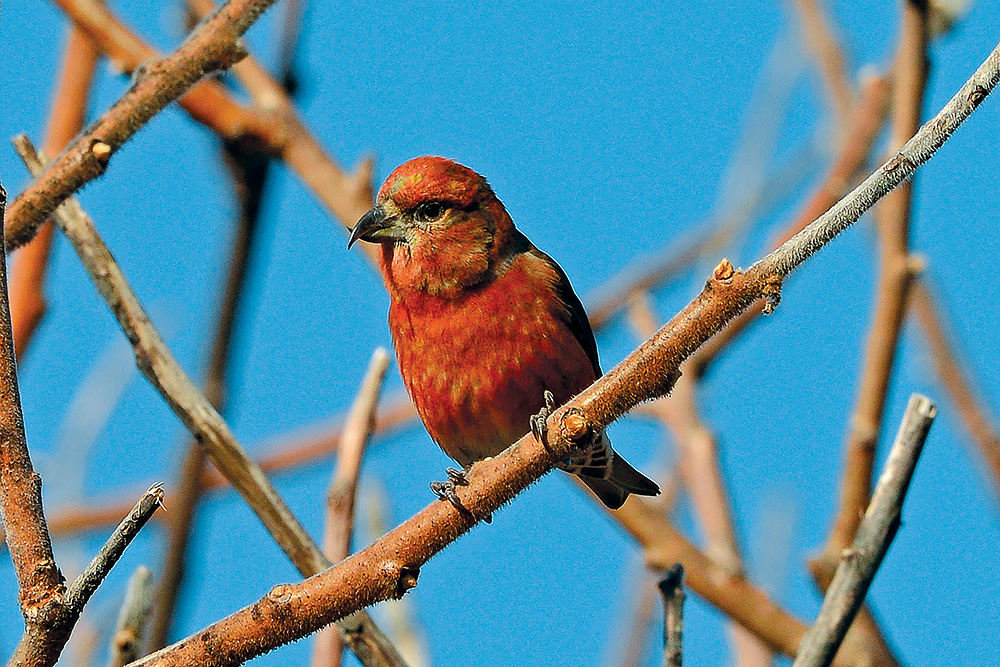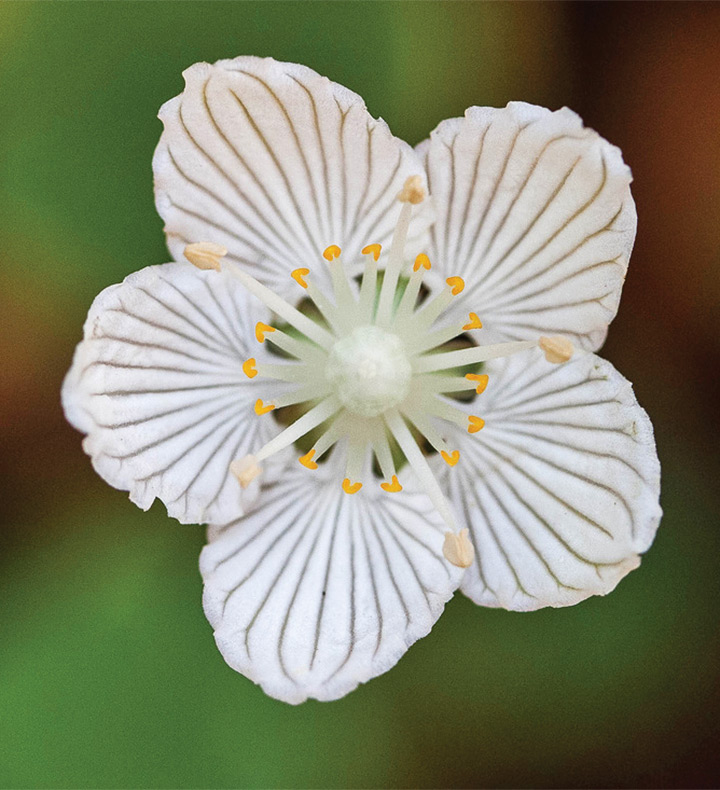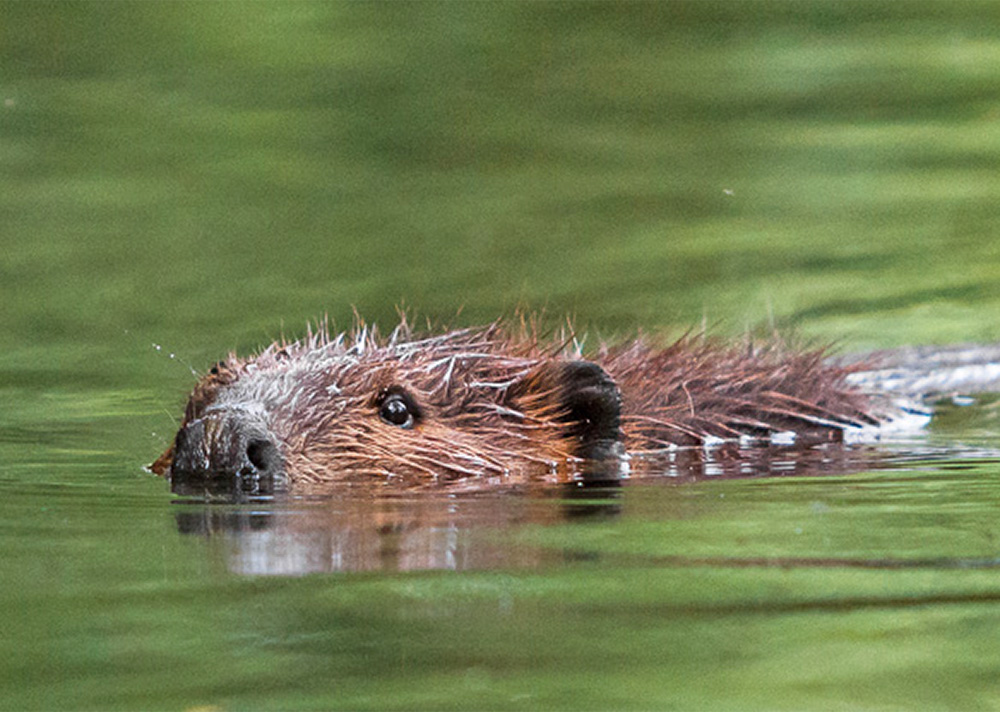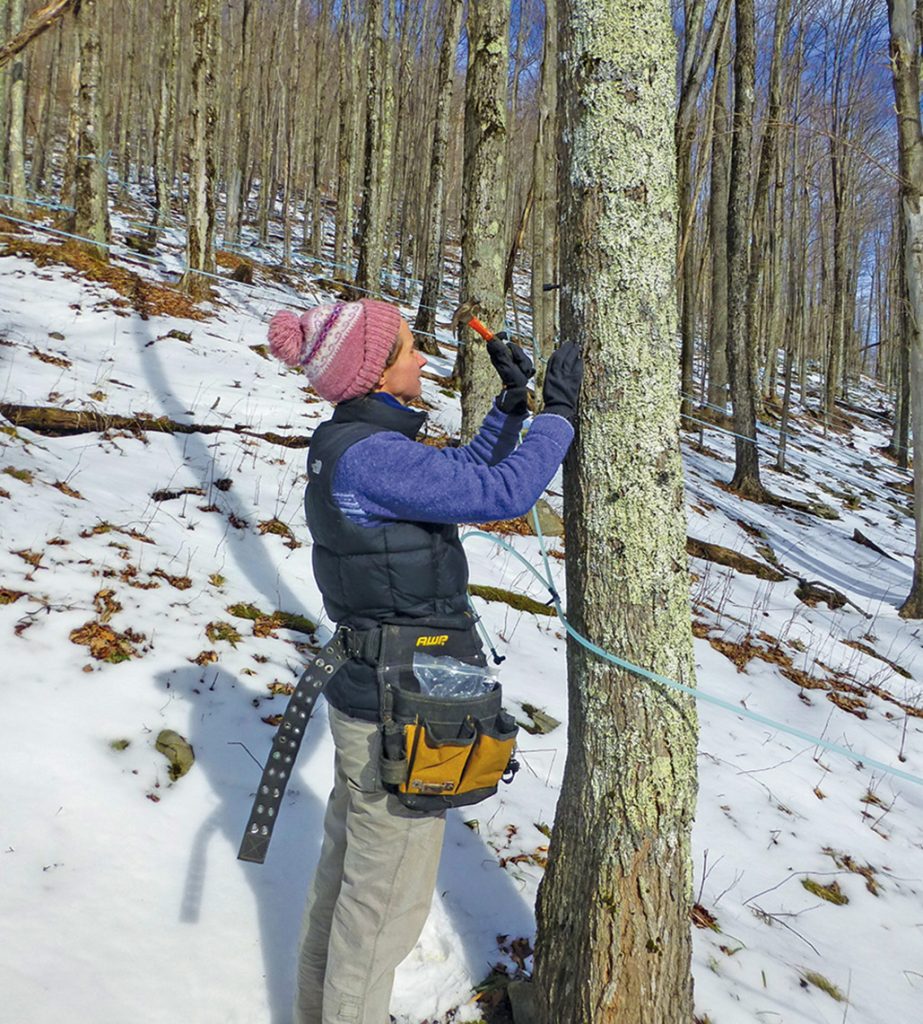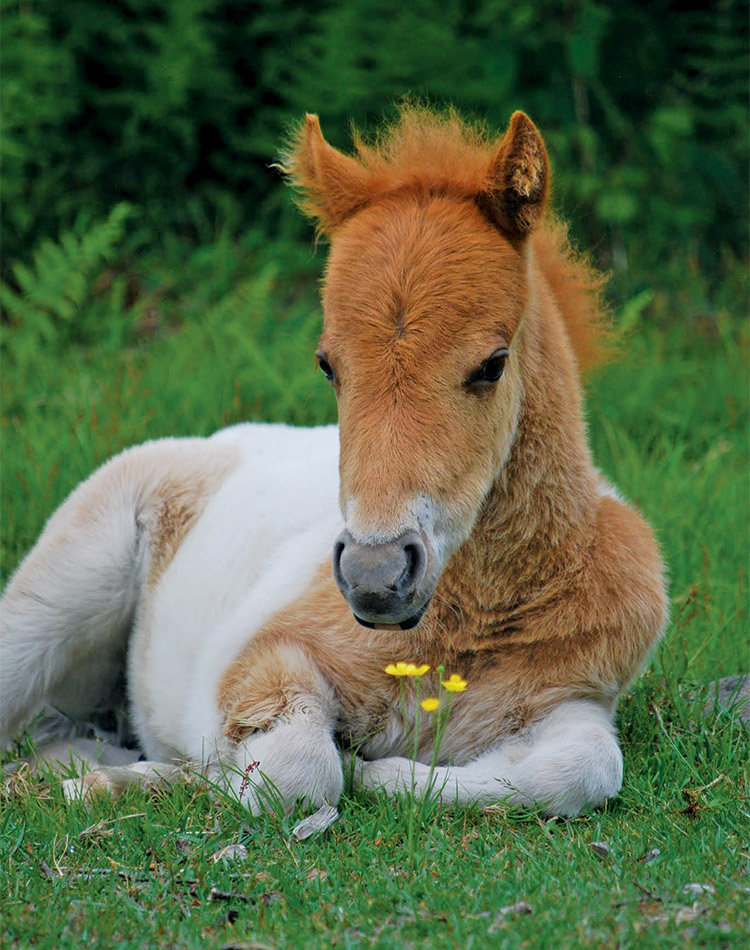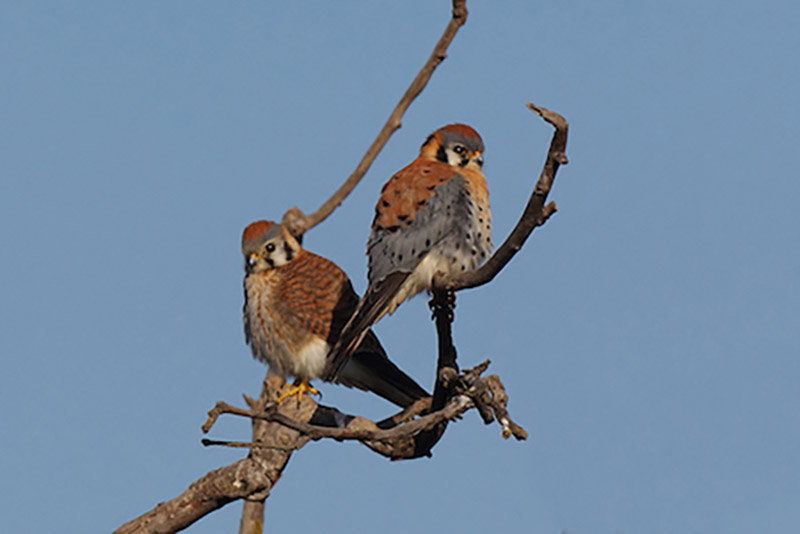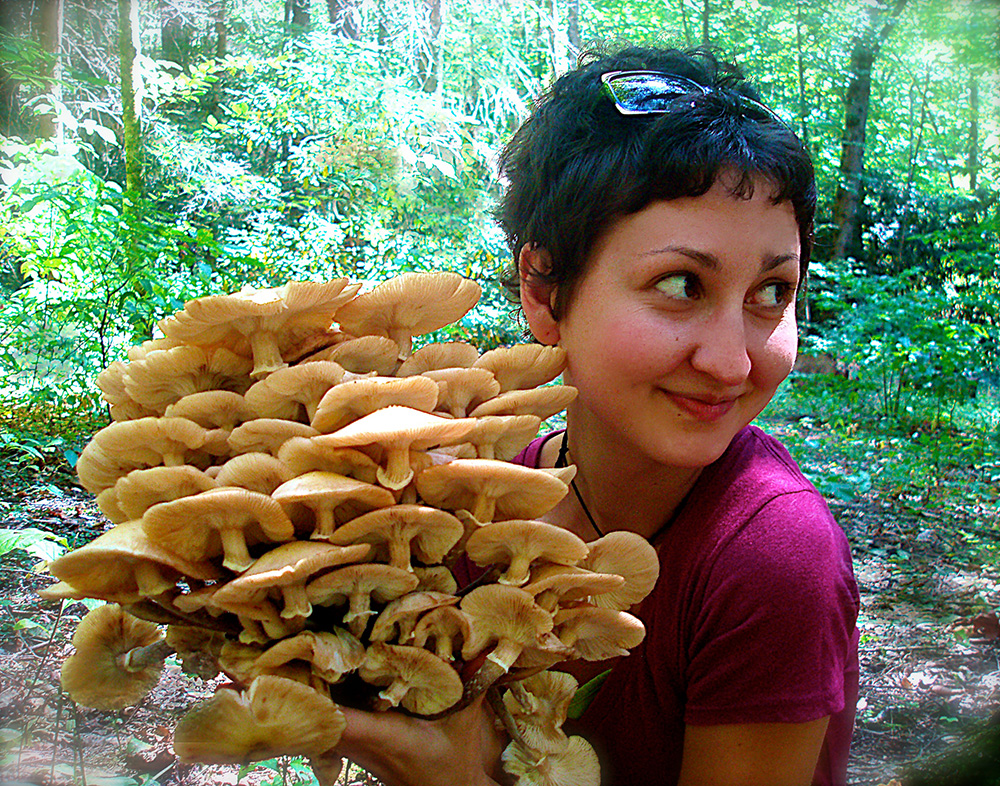Naturalists Notebook
Crossbills, Conifers and Calls
These nomadic birds will travel great distances to extract the seeds of conifer cones with their unique crossing bills.
Read MoreSnail Tales
Did you know Appalachia has the most snail species out of any region in North America? Discover the important role our slimy little friends play in the ecosystem in this issue’s Naturalist’s Notebook.
Read MoreWildflower Wonders
Wildflowers are one of Appalachia’s most vibrant symbols of summer. As the season’s end nears, we explore a few beautiful, unique flowers that blossom in late summer along mountain trails, forests and riverbeds.
Read MoreLeave it to Beavers
Beavers are sometimes called “nature’s engineers,” and for good reason. By building lodges and dams as their homes, they physically alter the landscape to suit their own needs, similar to humans.
Read MoreA Sweet Maple Harvest
A resurgence in mapling has opened a booming market for Appalachian syrup.
Read MorePonies of the Grayson Highlands
The wild ponies of Grayson Highlands State Park and Mount Rogers National Recreation Area in Southwest Virginia attract hikers of all ages — but take heed, don’t feed the ponies!
Read MoreAmerican Kestrel
The American kestrel is North America’s smallest falcon. This bird, whose population is declining, adapts well to nest boxes installed by conservationists.
Read MoreMistaken Identity: Recognizing the northern water snake
The non-venomous northern water snake is frequently spotted at swimming holes and rivers in Appalachia — and sometimes mistaken for its venomous cousin, the copperhead.
Read MoreA Magical Mycology Tapestry
The mushrooms of Appalachia offer diverse tastes and medicinal benefits for the wild forager. But be careful, since many edible mushrooms have poisonous look-alikes.
Read MoreMeet The Elusive American Woodcock
Characterized by a long bill, short and stout stature, extravagant mating display and a nickname like timberdoodle, the American Woodcock would seem to be a bird that stands out. But that is not the case.
Read More
